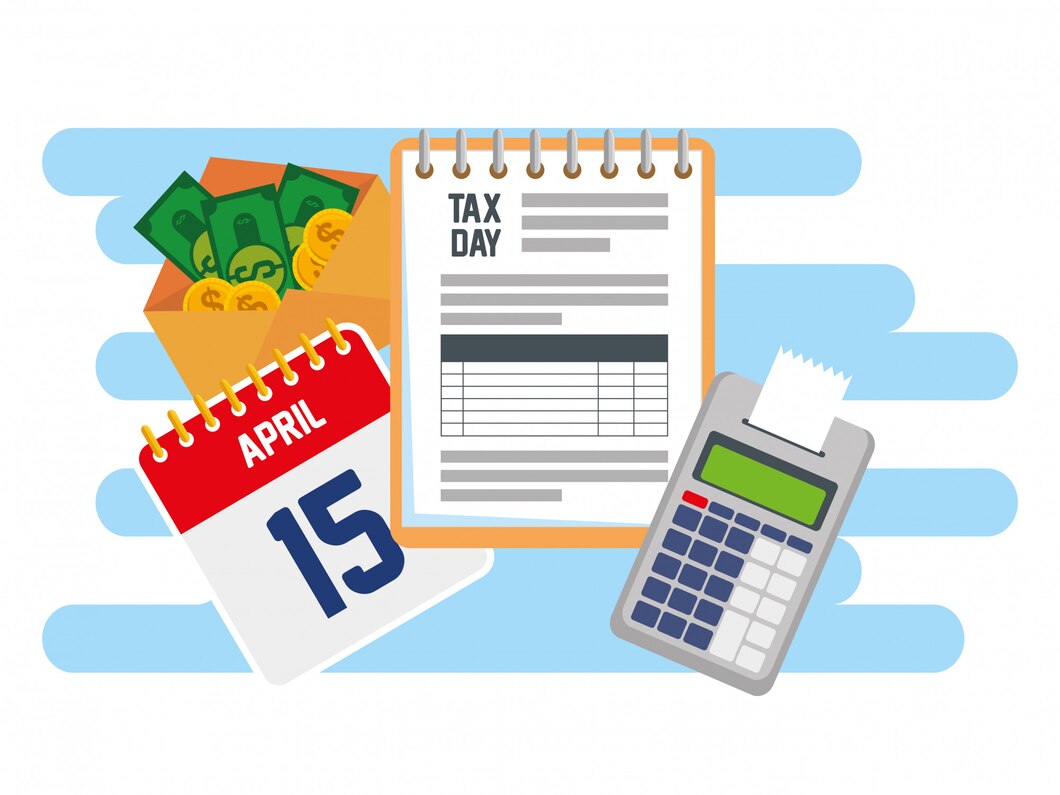Understanding and properly managing the Goods and Services Tax (GST) billing process is crucial for businesses to ensure compliance with the law, avoid penalties, and maintain accurate financial records. This article provides practical, step-by-step guidance on how to streamline your GST billing operations.
We’ll delve into the core elements of the GST billing process, including invoice preparation, tax calculation, and record keeping. Our aim is to equip you with the knowledge and tools needed to make your GST billing more efficient and less stressful. Read on to discover the key to a smoother, more manageable GST billing process.
The Essentials of a GST Invoice
A GST invoice is more than just a document; it serves as a legal record of transactions and needs to have specific components to be considered valid. The following are the essential elements that every GST invoice should include:
- The name, the address, and the GSTIN (Goods and Services Tax Identification Number) of the supplier
- The date of issue
- The invoice number, which should be a unique sequence, not exceeding 16 characters, containing only alphanumeric characters and no special characters
- The HSN (Harmonized System Nomenclature) code, or SAC (Service Accounting Code)
- Description of goods or services
- Quantity (in case of goods) and unit or Unique Quantity Code
- Total value of supply of goods or services
- The amount of tax charged (segregated as CGST, SGST, or IGST)
- Place of supply along with the name of the state, in case of inter-state transactions
- Whether GST is payable on a reverse charge basis
By ensuring each invoice includes these essential elements, businesses can maintain compliance with GST laws and facilitate a smoother, more efficient billing process.
Format of the GST Invoice
The GST invoice bill format is not just a formality; it is a legal requirement that demands adherence to specific guidelines. A correctly formatted GST invoice will contain all the essential elements mentioned above, organized in a clear and logical manner. It should be concise yet comprehensive, providing all necessary information without confusion or ambiguity.
Keep in mind that digital GST invoices are equally valid, and many businesses are now opting for electronic billing systems for added convenience and environmental considerations.
Preparing a GST Invoice
When preparing a GST invoice, it’s important to remember that accuracy and clarity are crucial. Follow these steps to prepare a compliant GST invoice:
- Identify your invoice type: Depending on the transaction and business type, you may issue a tax invoice, a bill of supply, or a receipt voucher. Each has its own specific rules and formats under GST law.
- Collect all necessary information: Gather all required details pertaining to the supplier, recipient, goods or services provided, and the tax rate applicable.
- Choose your invoice template: Use a GST invoice template that includes all the required fields. Many accounting software packages offer such templates, or you can create your own.
- Fill in all required fields: Enter all the required information in the appropriate fields of the invoice. Ensure all details are accurate and complete.
- Calculate and apply GST: Apply the relevant GST rate to the total invoice amount to determine the total tax payable. Display this clearly on the invoice.
- Assign a unique invoice number: Each invoice should have a unique number for tracking and record-keeping purposes.
- Print or electronically generate the invoice: You may either print the invoice or generate it electronically. Both are legally valid, and the choice largely depends on your business processes and environmental considerations.
- Record and store the invoice: Always store a copy of each invoice for your records. This will aid in future audits or financial reviews.
By following these steps, you can ensure that your invoice is both legally compliant and professionally presented. This process can be simplified with the use of specialized GST billing software, which can automate many of these steps and reduce the scope for error.
GST Tax Calculation
The GST tax rate is applied to the taxable value of goods or services to calculate the GST. The taxable value is usually the price you charge for your goods or services. Here’s a simple formula to calculate GST:
GST Amount = (Original Cost * GST%)/100
So, if you want to find out how much GST is charged on a product sold for $1,000 at 18% GST rate, it would be:
GST Amount = ($1,000 * 18)/100 = $180
This means that the total amount to be paid would be $1,000 (Original Cost) + $180 (GST Amount) = $1,180.
Remember, the GST amount goes on your GST invoice in the tax column. Be sure to keep precise records and perform these calculations accurately to avoid discrepancies and maintain compliance. Tools like GST calculators and accounting software can help automate this process and eliminate human error.
Conclusion
In conclusion, the GST billing process, while seemingly complex, can be efficiently managed by following the right steps and maintaining accurate records. Adherence to GST laws and regulations is not only essential for legal compliance but also contributes to the smooth running and financial health of your business.
Utilizing technology like GST billing software and record-keeping tools can significantly streamline the process, reducing errors and saving valuable time. Remember, a well-structured GST invoice is not just a legal requirement—it’s a testament to your business’s professionalism and commitment to transparency.

